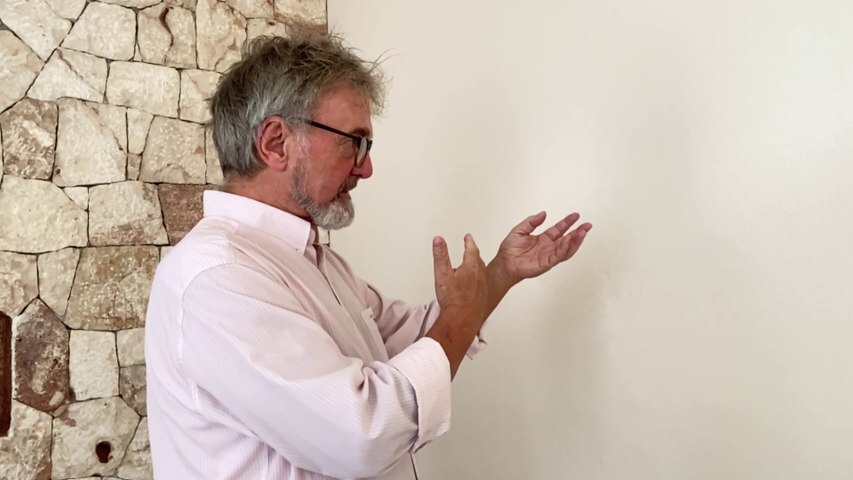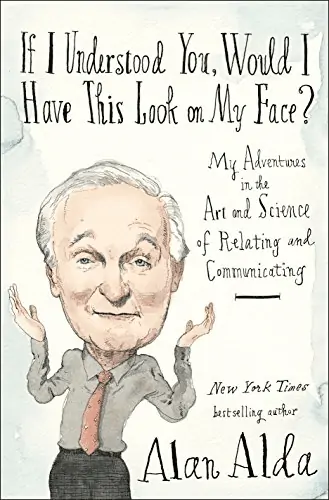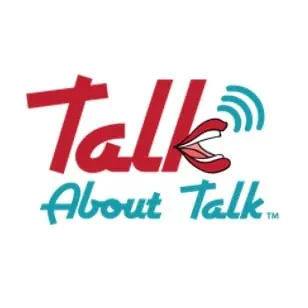
audio
PERFORM focuses on the following 7 ways you can show others you are a skilled and convincing listener:
P stands for positive gestures – such things as nodding, turning towards the person speaking, and smiling (if appropriate)
E stands for eye contact; have warm, open eye contact; look at the speaker, without glaring or staring. Think about being positive and warm, and your eyes will reflect this
R stands for recap. We’ll spend more time on this later, but without doubt it is the best single piece of evidence to show you have been listening.
F stands for facing them. Not a side glance, which will look dismissive, but turn your whole body to face them
O stands for offer agreeing noises: ah ha, hmm, and short connecting words such as ok, and yes.
R stands for resist interrupting; if you do, you will seem to be saying that what you have to say is more important than letting them finish – which they may well resent
M stands for make notes: it’s both a sign you are listening, and also will help you with any recap later
PERFORM
How can someone tell if you are listening to them?...
positive gestures
E.g. nodding.. mostly this is taken to mean 'I'm listening', and 'I understand what you are saying', rather than 'I'm agreeing with you'

eye contact
... make your eye contact direct, but warm. Smile with and through your eyes - it's amazing how much we reveal through our eyes. Sometimes the face may be saying one thing - and the eyes another. If you want to see a masterclass of this, watch Walter White/Heisenberg in 'Breaking Bad'...

recap
... there's a separate section in this pod later, but for now it's enough to say that recap is THE most convincing way of showing that you have been listening...

face them
... not just a head turn, either, but a full turn of your full head, not a sideways glance. The easiest way of having a full on face is to turn your whole body to 'face' them: it's powerful...

offer agreeing noises
or sounds - such as 'ah ha', or 'hmm' - or mini-words that aren't a distraction - such as 'ok', 'I see', and 'yes'

resist interrupting
... you simply can't speak and listen at the same time. Try it. So when you are speaking, then...you are not listening. And for many people, your interruption is taken to mean 'whatever it is you are saying isn't as important as what I want to say' - which doesn't go down well...

make notes
... firstly it is a visual signal that you are responding to what they are saying; and in a way, it's a real complement, because you don't want to forget what it is they are saying...

audio
The absolutely best way of showing convincingly that you have been listening is to be able to recap what the other person has just said. You can nod, and smile, and still not really be listening. But if you can accurately recap, summarise or paraphrase what the other person has said, then you have to have been listening.
So – can you now pause this audio, and recap what I’ve just said? When you’ve done your best to recap, then play back the audio from the beginning, to check how accurate and full your recap was…and then continue with this audio…
One possible limitation on your ability to recap, of course, is that you may not be able to remember what has been said. So an inability to accurately recap might be more to do with poor memory rather than not listening. In which case it might be helpful take notes. Generally speaking, notes are more accurate than memory – especially if we think we’ve remembered accurately, when we haven’t.
For example, can you recall what the acronym PERFORM stands for? If you can, and from memory, well done! And if you can’t – would taking notes have helped?
And if you wish, and at any point from here on, stop any of the audios any time you want, to test and strengthen your recap skills…
Now to the second skill – A+B. A + B stands for Acknowledge and Build. Having listened effectively to what the other person has said, it can add real value to the conversation, and your relationship, to do two things:firstly, acknowledge what the other person has been saying. The easiest way to do that is to say something affirmative, like ‘I agree’, or ‘Good point’, or ‘that’s a good idea’, or simply ‘yes’; then, secondly, follow with a comment that builds on what the other person has said. For example: and one way that could work in my team would be…’, or ‘customers would also benefit by….’
Avoid ‘yes, but…’. If you can’t build, and instead offer a criticism or concern, you should still be able to acknowledge the idea, and then pause, and then ideally offer your concern phrased as a question, which will sound less critical and more an enquiry. For example:
- Q: I think everyone should be given a day off on their birthday
- A: Wow, what a great and original idea…that will be popular. Have you considered the impact that might have on productivity?
For contrast, imagine you have been talking, and no one responds, at all. What are you likely to think? Will it encourage you to keep going?
Or, after you’ve finished, someone says something which isn’t connected to what you’ve been saying at all.
Or their response is to say ‘that’s all very well, but…’
Will any of those responses help you feel good about what you’ve been saying, or encourage you to keep going?
So in the table alongside are a number of statements made by the other speaker. Have a go at providing an A+B response – then check if it is similar to the answer given.
Recap & A+B
Two more listening skills... play the audio to find out more.
I’m struggling to find any motivation for this new project
I can see that, and it’s a concern for me. What would you change that might help?
I think anyone who wants to should work from home, so long as they get the job done…
I agree – a lot of my team are encouraging me to do that already…
I think each section should hold an open morning for all departmental staff..
Yes – and maybe open it beyond just our department…?
I think we should consult staff on this issue….
That’s good idea, because then our decision will be better informed by what they think…
video
Q: how would you use your body language to create a positive impression with the other person or group: face
- always have your head facing the speaker, full on; turn your whole body to create a full face, rather than one that is ‘over the shoulder’.
- establish warm, open eye contact
- nod whenever appropriate,
- have an appropriate, empathetic facial expression
- be level-headed; this literally means ‘level’ a in parallel to the ground; don’t look down – will look intimidating; don’t look up – will look dismissive
- turn to your whole body to face the speaker – which mean adjusting your body posture if a different speaker is speaking. Looking over your shoulder at someone will seem dismissive
- if sitting, lean slightly in towards the speaker -as if they are drawing you in by what they are saying; sitting or leaning back can look disengaged, and lazy (when we are tired we tend to sit back in a chair, rather than lean forward)
- this will mainly be to do with your hands.
- keep them visible; historically we have learned to unconsciously mistrust people whose hands are hidden – they could be carrying weapons
- either keep them still, so they are not a distraction; or, if you want to use hands expressively, which is fine, then keep all hand gestures within your shoulder line (imagine two vertical lines, one from each shoulder to the ground; all hand movements should be within those two imaginary lines)
- one key reason is that sitting equalises heights, which makes it less intimidating for whoever is smaller
- sitting reduces the likelihood of aggression; it is just harder to be aggressive when sitting (not impossible – just harder!)
- whether sitting or standing, make sure you are not backlit – eg by having a window or strong light behind you. That will make your face more difficult to see, so less easy for the other person to ‘read’, which they will find uncomfortable, plus they may be uncomfortable looking at such a strong light source
- if you are both sitting, then it is better to sit at a 45% angle to each other, not directly across from each other, which is regarded as adversarial
- if you need a table, have a low and ideally circular ‘coffee table’ you can sit around; avoid a traditional table or desk, which can form a barrier
Body Language
This video demonstrates some of the key ways to demonstrate positive body language…

So... how do you measure up?
Rate yourself against the listening techniques covered in this pod using the simple RAG table
… and for any amber or red – what could you do to take you to green?
want more?...
Active listening
Big Bang Theory
it's funny and covers all bases, from non active to over the top active listening…watch on youtube.com
If I Understood you Would I Have This Look on my Face?
Alan Alda
A detailed and impassioned case for using theatrical improvisation to develop key communication skills, particularly empathy.
keep reading... openamazongood reads
Talk About Talk
Dr Andrea Wojnicki
It’s a communication podcast, so not just about listening – but there’s a lot of practical advice from a range of guests…
listen on... open
How to truly listen
Evelyn Glennie
A stupendous ‘tour de force’ from Evelyn, who, though profoundly deaf, asks us all to listen better, and demonstrates how. Captivating, illuminating and inspirational…watch on TED.com




